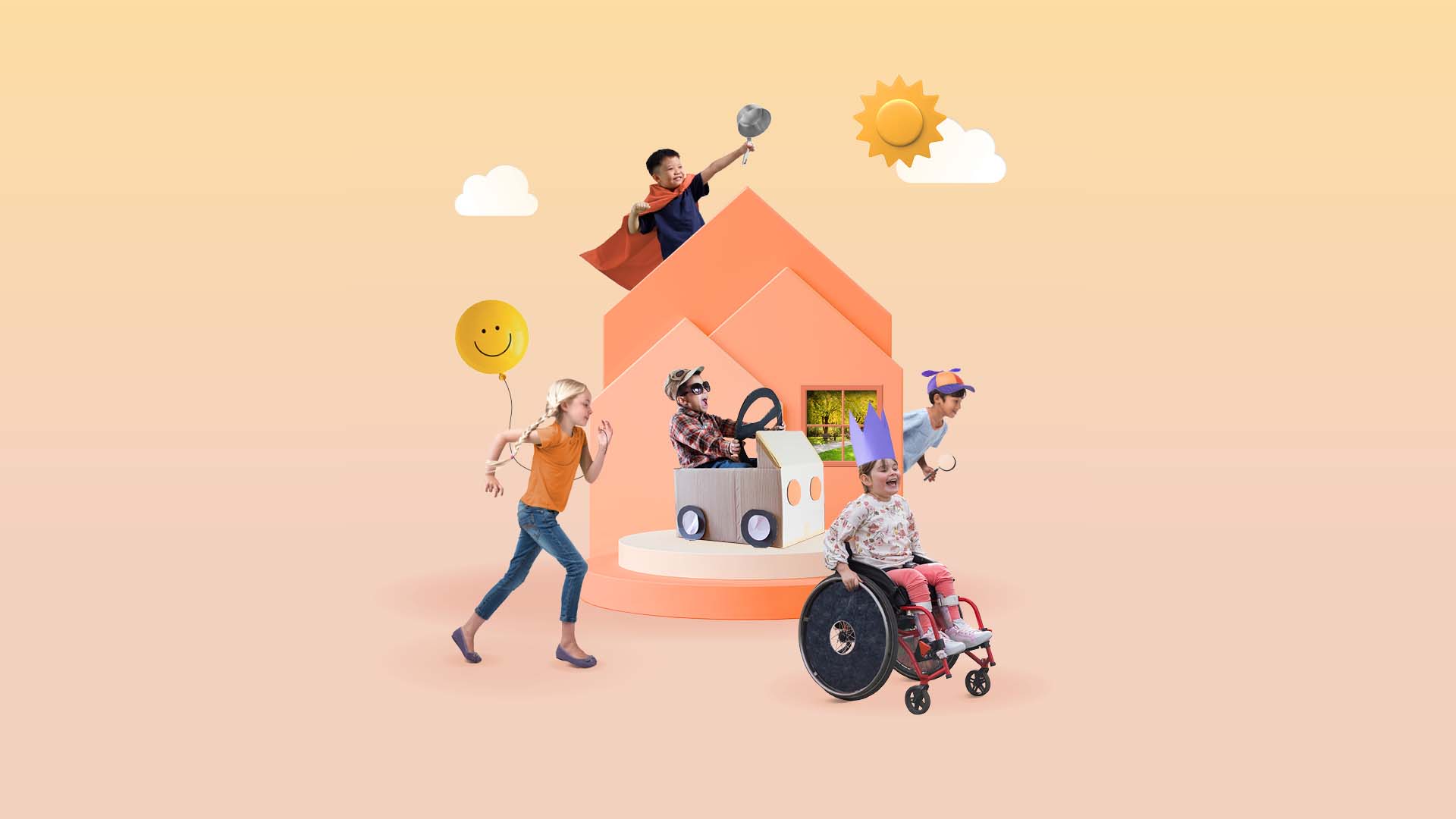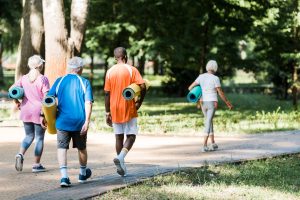Without question, COVID-19 has disrupted the lives of everyone across the globe. We’re only starting to understand how the closures, lockdowns and isolation we experienced during its peak impacted our lives, including kids’ movement behaviours.
Introducing the 2022 ParticipACTION Report Card on Physical Activity for Children and Youth
The ParticipACTION Report Card on Physical Activity for Children and Youth is Canada’s most comprehensive assessment of child and youth physical activity. The 2022 edition highlights the movement opportunities for kids that were lost and found during the pandemic and where we go from here.
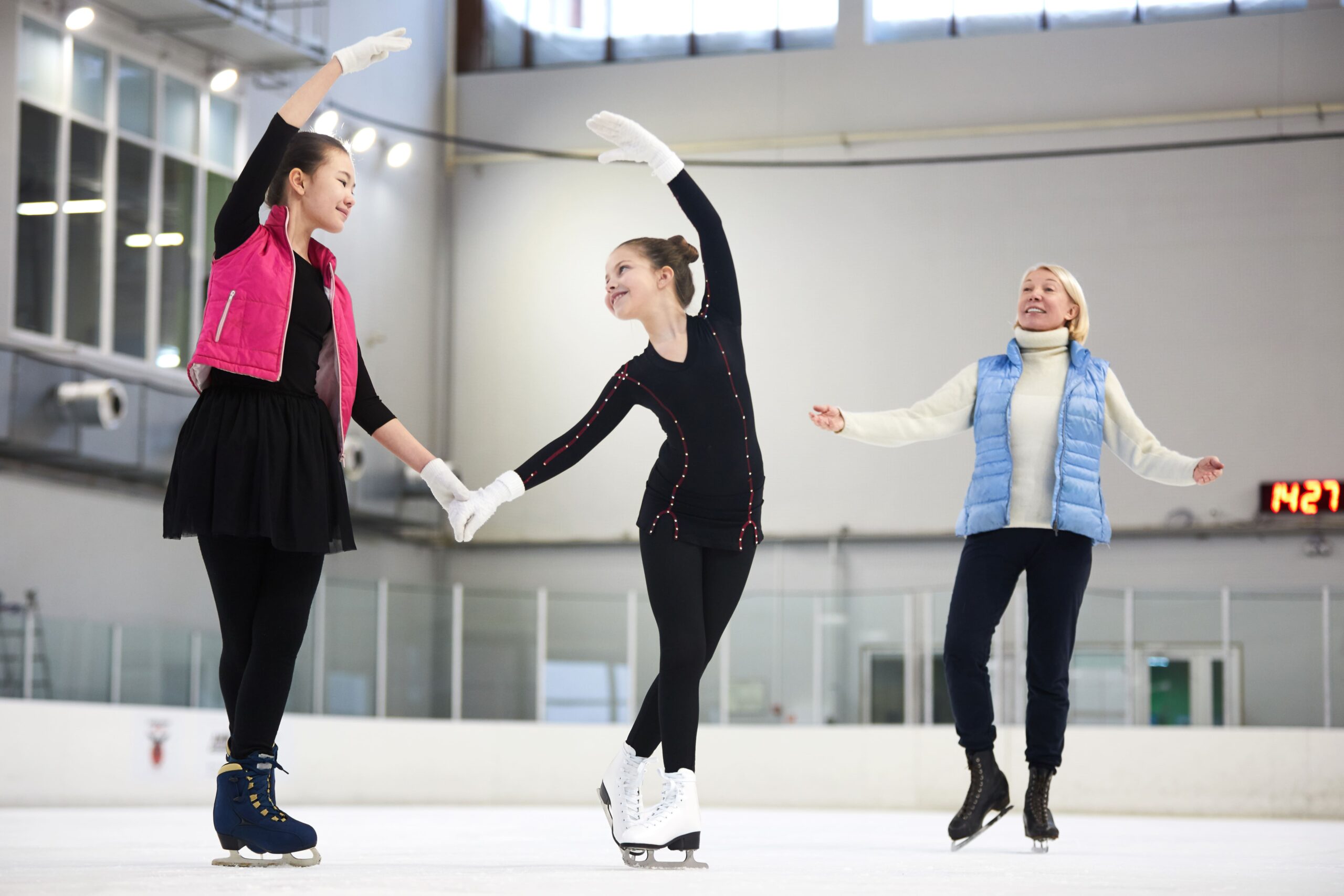
What was lost
As the pandemic gripped the country, nearly all options for structured movement and play stopped suddenly. When active play with friends, in-person physical education classes and sport competitions came to a halt, many families understood the need to protect public health but still felt that kids lost many essential opportunities to get active. This year’s D grade in Overall Physical Activity (a decrease from a D+ in 2020) reflects a substantial drop in kids’ movement: only 28% of kids in Canada are meeting national physical activity guidelines – an 11% decrease from 2020.
The pivot to virtual learning and calls to stay at home transformed kids’ screens from an indulgence into a necessity for education and socializing, creating even greater concerns for the many ways that screen time negatively affects our kids’ well-being. With only 18% of kids meeting screen time recommendations within the Canadian 24-Hour Movement Guidelines, it’s no wonder that this year’s grade for screen time was an F, a significant drop from a D+ in 2020.
What was found
Throughout the pandemic, many families, communities and organizations also sought and found ways to get kids active. Car-free urban spaces, rural trails and paths, and open-air markets allowed families and kids to walk, roll and ride more. Parks, trails and other outdoor spaces became popular outlets for family entertainment and exercise, providing a much-needed boost to kids’ mental and physical health. This dedication and creativity meant that this year’s grade for Active Transportation increased from a D- to a C- and Active Play improved from an F to a D-, an incredible accomplishment given the challenges many families experienced during the peak of the pandemic.
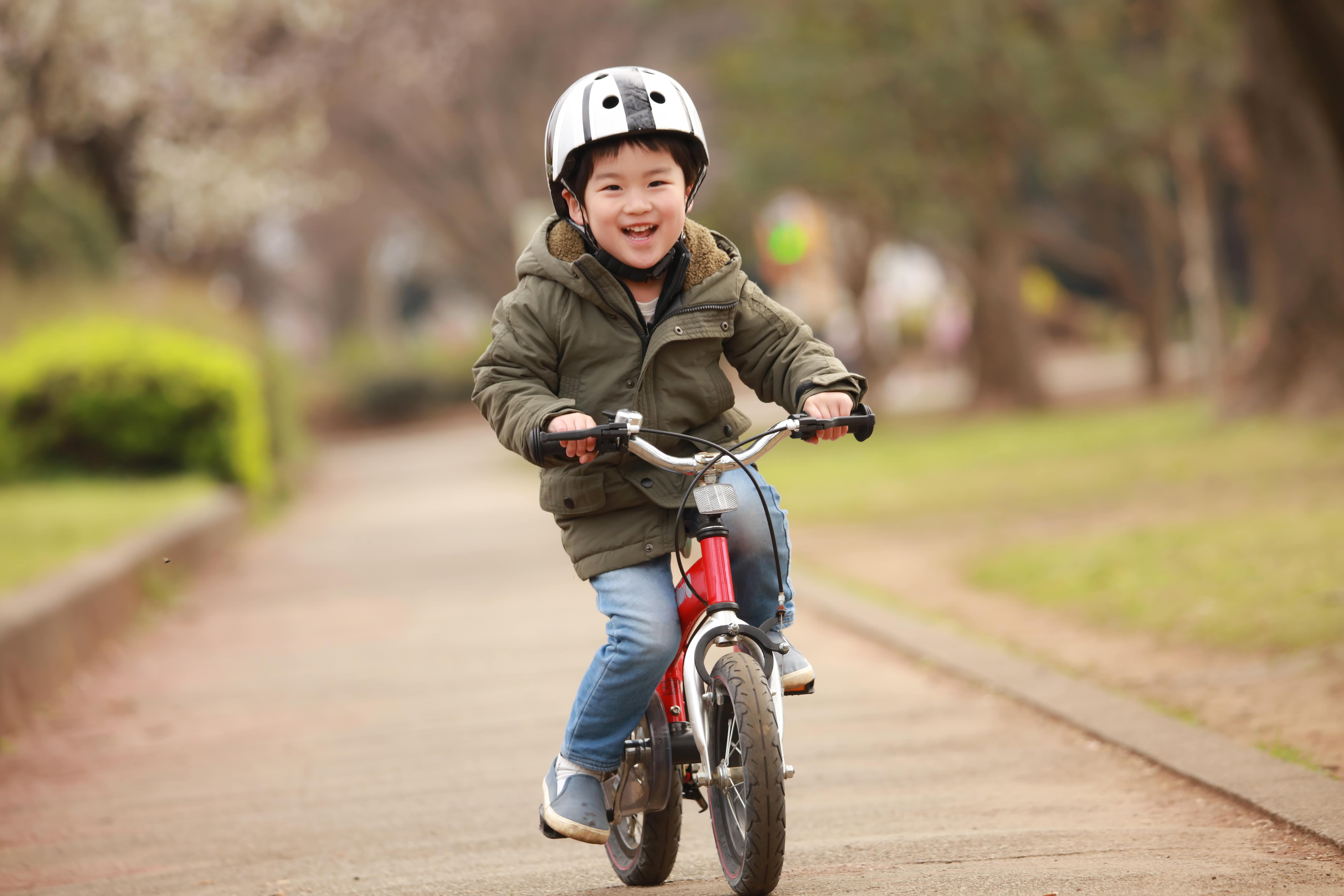
Tips to help your kids get more active
- Be active as a family. This encourages physical activity, social support, connectedness and attachment, which are all important for mental health.
- Involve all family members in creating a family media plan that includes setting limits around screen viewing, prioritizing screen-free family time, removing screens from children’s bedrooms and having screen-free family meals.
- Consider letting your kids walk, wheel, cycle, skateboard, scooter or take public transit to school, stores, parks and activities.
- Support outdoor – and, when possible, nature-based – play opportunities since they are linked to increased physical activity levels and improved mental health outcomes.
Looking for more ideas? Click here to read the full Report Card.
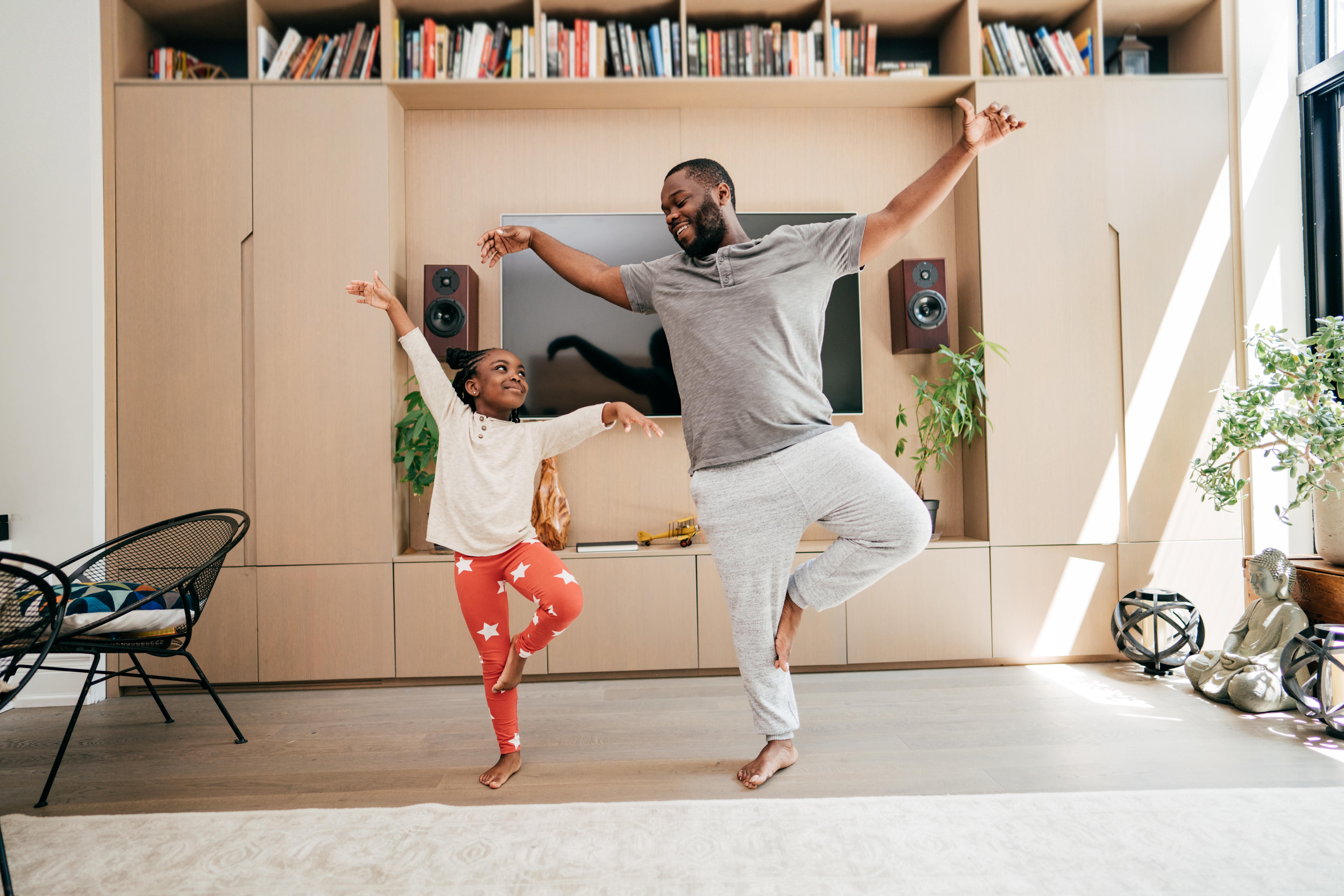
When we look ahead, let’s choose action
We’ll never get back the cancelled tournaments, lessons, play dates, pick-up games and recitals that we lost during the peak of the pandemic. But we can choose to apply the wisdom we found and help our kids be more active so they can reap all the physical, mental and social benefits of physical activity.

